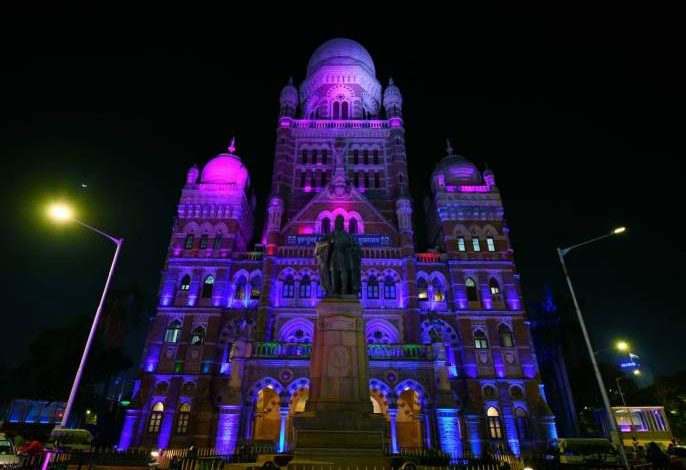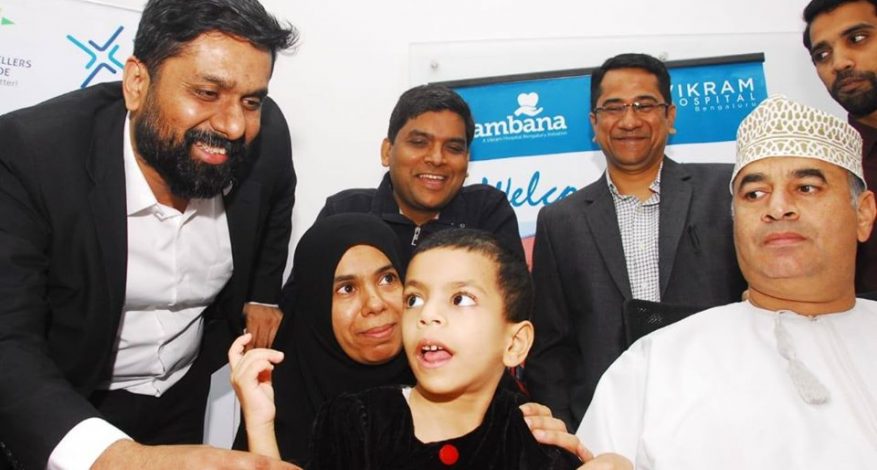test
Is India ready for Continuous Subcutaneous Apomorphine Infusion for Parkinson’s Disease
Is India ready for Continuous Subcutaneous Apomorphine Infusion for Parkinson’s Disease
HS Deva Kumar1, Neeharika Sriram2, Srinivas Raju2, Anil Ramakrishna2, Prashanth LK1,2
1Center for Parkinson’s Disease and Movement Disorders, and 2Department of Neurology, Manipal Hospital, Miller’s Road, Bengaluru, India
Background: Continuous Subcutaneous Apomorphine Infusion (CSAI) remains crucial in the management of moderately advanced Parkinson’s Disease (PD).
Objective: Audit of CSAI in Indian subjects.
Methodology: Clinical audit of case records of PD subjects with motor fluctuations who were initiated on CSAI pumps (Rusan Pharmaceuticals / Ever Pharma)
Results: Twenty three PD subjects (M:F- 11:12) who were on CSAI therapy were audited. The mean age was 61 ± 9 years (range : 45-78 years) and the mean duration of symptoms was 8.5 ± 5 years (range :1 – 22). The indications were motor fluctuations / disabling dyskinesia (n=20) and suboptimal benefits with Deep Brain stimulation (DBS, n=3). 4/23 discontinued CSAI within one month due to autonomic dysfunction (n=1, had pre-existing symptoms), lack of social support (n=1), suboptimal benefit (n=1) and discomfort of carrying pump (n=1). Patients who were on CSAI for at least 1 month and above (n=19), the mean apomorphine infusion was 47±16 mg /day (28-54 mg/day). The mean flow rate was 3.6±1.6 mg/hr. The duration of apomorphine infusion varied from 12 to 16 hours. There was considerable improvement in the ON periods with reduction in motor fluctuations. The subjective improvement on visual analog scale of 0 (No benefit) to 10 (Best benefit), the average score was 6.7 (range : 4-10). The common adverse effects noted included skin nodules(n=9), drowsiness(n=3), weight loss(n=2), and variable dyskinesias(n=7). Five patients are on CSAI for more than a year (12 months, 20 months, 35 months (n=2), and 40 months). 7/19 patients discontinued CSAI at various intervals (3 at 6 months, 1 at 9 months, 2 at 1 year, and 1 at 2 years) for varied reasons (weight loss -1, suboptimal benefits -3, financial constraints -1, personal choice -1, underwent DBS-1).Conclusion: CSAI in India is currently an established treatment options with predictable effects over long durations. Most of the adverse effects are mild and manageable. Patient education, support systems and better technologies would make CSAI a regular treatment option for PD in India.
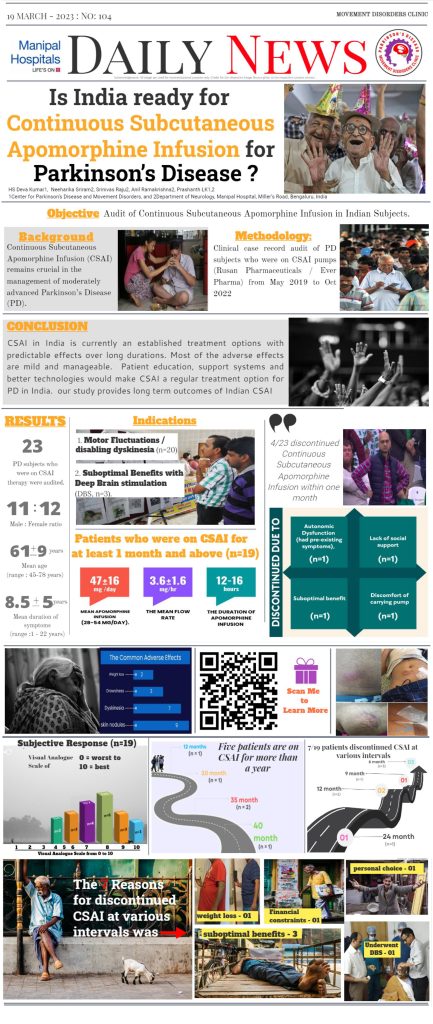
Huntington’s Disease Awareness Day
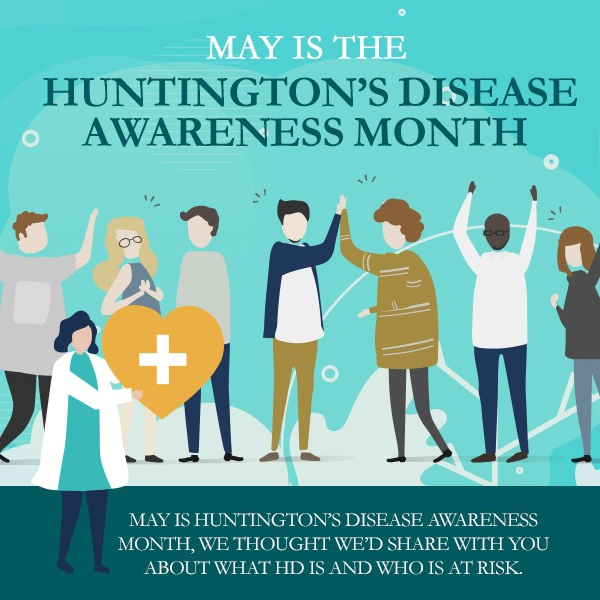
Huntington Disease Awareness day is celebrated on 15th May every year. It is a genetic disorder that has no cure. It causes a progressive breakdown of nerve cells in the brain leading to the deterioration of a person’s physical, mental, and emotional abilities.
How is Huntington’s disease awareness done?
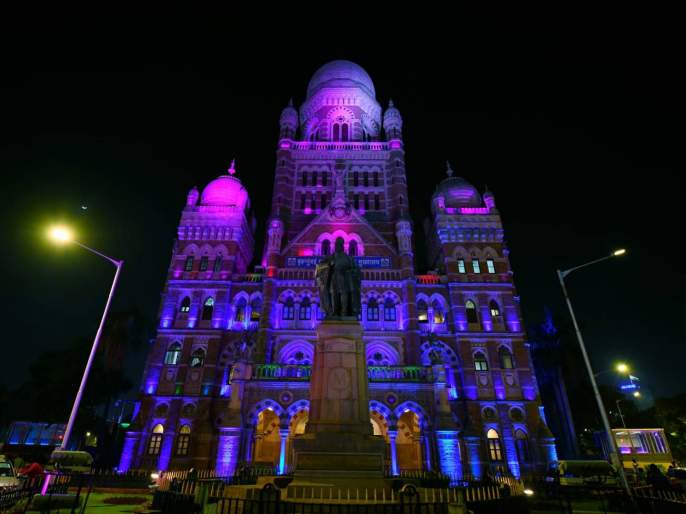
During May, buildings, monuments, and statues are usually lit up in blue and purple, blue to raise awareness of Huntington’s disease, and purple for juvenile Huntington’s. Patients, caregivers, families, and friends nationwide are organizing fundraisers, planting virtual flowers, lighting landmarks blue and purple, taking hikes, flooding social media, and sharing stories about H.D. It is all intended to heighten awareness among the general public and draw the attention of policymakers, public authorities, scientists, health professionals, and industry representatives.
What are the symptoms of Huntington’s Disease?
The symptoms of HD can vary and your doctor can help you to understand or either direct to specialized HD clinics
Huntington’s disease typically starts between ages 30 and 50,
but it can begin when you are younger.
HD affects your:
• Movement
• Behavior
• Thinking, understanding, learning, remembering
• Personality
The most common symptom is movement you cannot control,
called chorea. Chorea causes dance-like movements. Other
movement problems can include trouble with speech and walking.
You may also experience these symptoms:
• Memory loss, poor concentration, trouble doing tasks, impulse
control problems
• Depression and lack of interest
• Sleep changes
• Sexual problems
• Difficulty swallowing
• Falling
In the early years, some slight mental, emotional, and behavioral
changes may come before the more obvious physical symptoms.
What is the cure for Huntington’s Disease?
Currently there is no treatment that can slow down or reverse the
disease. HD is not curable now, but there are medications that can
reduce some symptoms. These medications may help improve
movement, depression, and behaviors. Ask your neurologist
about your medication options
Deep Brain Stimulation (DBS) in a 5 year old child – Youngest to undergo surgery in India
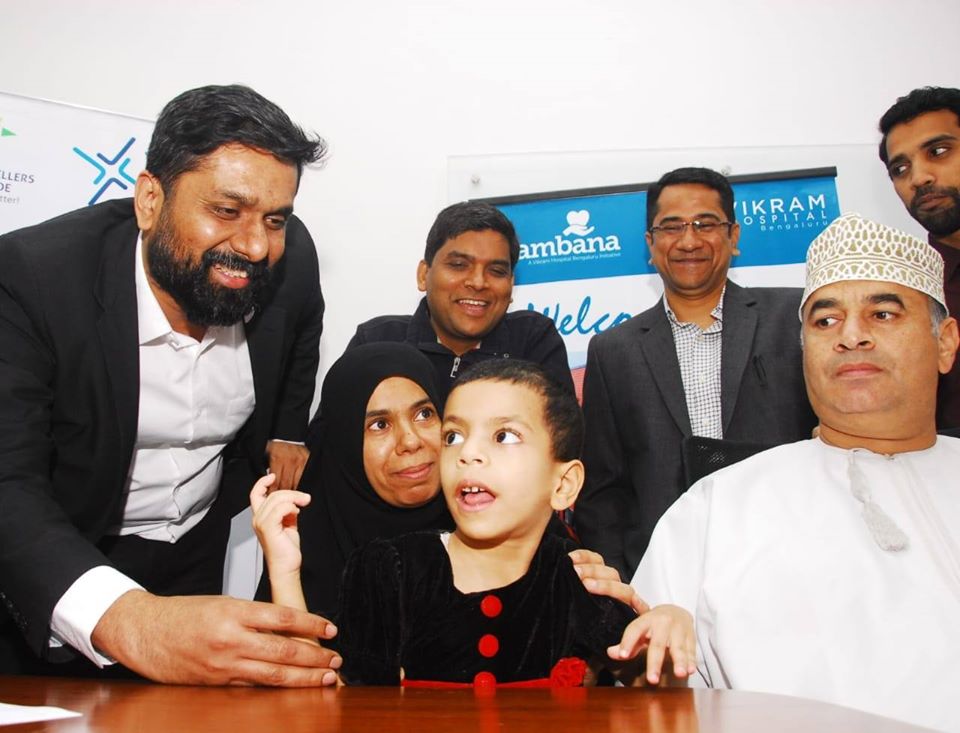
A 5 yr child who is affected by a rare type of dystonia called DYT16 was managed in Vikram hospital, Bengaluru. Only about 10-12 cases have been described worldwide with this rare disease. The child was completely bed bound and dependent for all the activities. The child underwent Deep Brain Stimulation surgery (DBS), the youngest person to undergo this procedure in India till date. Its been 3 months now and the child is making great improvements. Kudos to all involved. Looking forward to hear more about the recovery curve about this rare disease
Parkinson Disease Awareness Day 2018
World Parkinson Disease Day Awareness evevent held at Bangalore, in association with Keep Moving foundation, under the aegis of Movement Disorders Society of India. Street plays and Song courtsey – VASP Theatres, Bangalore


